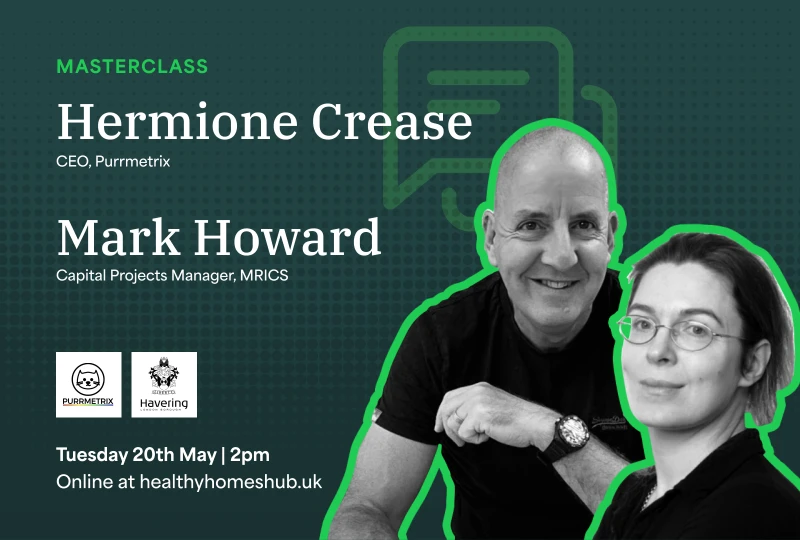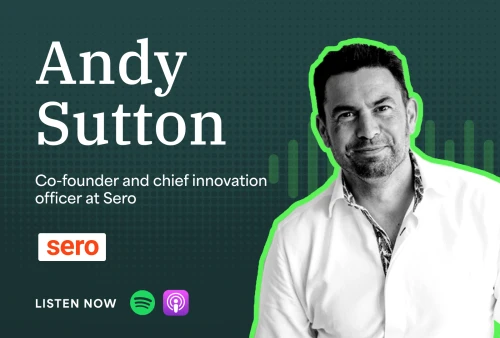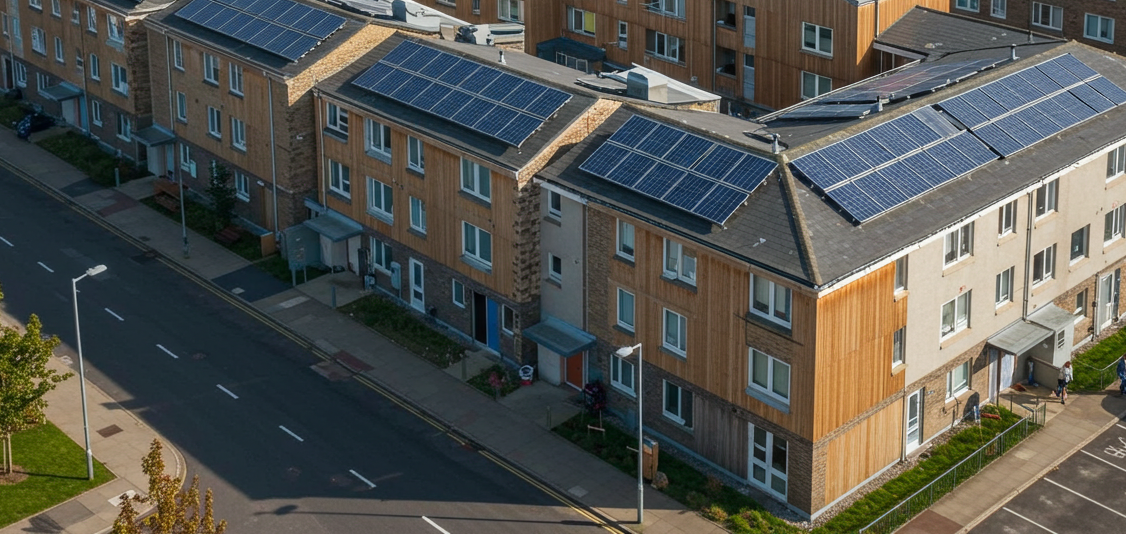Masterclass - Building Monitoring for Healthier, More Efficient Homes
20th May 2025

The Healthy Homes Hub’s latest masterclass looked deep into one of the most pressing challenges in housing retrofit: how do we know if it’s really working?
Hosted by Andy Cameron-Smith, with insights from John Milner (Bailey Garner), Mark Howard (London Borough of Havering), and Hermione Crease (Purrmetrix), the session explored lessons from a recent SHDF-funded project in Havering. The focus? Demonstrating how environmental monitoring and resident engagement shape retrofit success, not just in theory, but in practice.
Beyond Promises: Proving Retrofit Works
Andy opened the session by reflecting on the political backdrop: a fractured consensus on net zero and the growing need to prove that retrofit isn’t just good policy, but good for people. That means answering two core questions:
Did we achieve what we said we would?
Did we get what we paid for?
John Milner outlined Bailey Garner’s role, which spanned retrofit coordination, design, assessment, and contractor administration, enabling a whole-systems view of the project. Purrmetrix and the Havering team partnered to measure outcomes using data, not assumptions.
Havering’s Approach: Pragmatism, Not Perfection
Mark Howard gave context on Havering’s housing stock, around 9,300 rented homes, mostly street properties built between the 1930s and 1980s. Despite decent asset data, the council knew visual surveys alone weren’t enough. Hidden issues, resident behaviour, and structural unknowns demanded deeper understanding.
Mark shared how the council approached the retrofit process:
Prioritised archetypes while recognising variation within them.
Used monitoring to measure both baseline and post-work conditions.
Wanted hard evidence to back up claims made to residents and funders.
Understood early that human behaviour could radically alter expected outcomes.
From Monitoring to Measurement: Purrmetrix’s Method
Hermione Crease clarified the difference between monitoring (gathering environmental data) and measurement (analysing that data through consistent processes). She stressed planning ahead, knowing what metrics matter before sensors go in.
Purrmetrix’s approach included:
Sensors capturing temperature, humidity, and CO₂ over 3–4 weeks.
Meter readings before and after to estimate energy use.
Metrics that balanced technical insight (like heat transfer coefficients) with resident-friendly outcomes (like hours of comfort).
Importantly, she highlighted the need to tailor how insights are communicated: engineers need energy loss data; residents want to know if their homes are warmer and bills are lower.
The Data Speaks: Archetypes and Outcomes
The project produced measurable gains:
Heat loss reduced by 24–29% across two key archetypes.
Ventilation-related heat loss dropped by up to 66%.
Variations within archetypes underscored that not all similar-looking homes respond the same way.
Some residents chose to lower their energy use post-retrofit. Others opted for greater warmth at the same cost. The takeaway? Resident behaviour is unpredictable, and crucial.
John Milner walked through several case studies, including side-by-side properties where different resident choices led to different outcomes despite identical retrofit work.
Resident Engagement: The Real Retrofit Enabler
Mark Howard closed by discussing the project's community strategy:
Dedicated in-house team including trained retrofit coordinators and liaison officers.
Face-to-face engagement on estates, supported by ward councillors.
Clear, early communication about why data was being collected.
Building trust through transparency and presence, not just letters or leaflets.
Interestingly, residents are now proactively asking for retrofit, showing that data-backed storytelling is more persuasive than theoretical promises. That shift has created a new challenge: managing expectations as demand grows.
Key Lessons and Looking Ahead
This masterclass made clear that good retrofit isn’t just about insulation or U-values. It’s about designing retrofit around people, proving it works through data, and using that evidence to refine the process.
Some key lessons:
Monitoring must be affordable, consistent, and resident-friendly.
Surveys alone aren’t enough; data closes the loop.
Resident interaction is not a side issue; it’s the foundation.
Real-world data can challenge modelling assumptions and improve future targeting.
As Havering prepares for Wave 3 funding and air source heat pump rollouts, it plans to go further: permanent environmental sensors, smarter engagement, and giving residents access to their own data to support behaviour change.
In the words of Mark Howard: “I always knew we needed the data, but I didn’t realise how powerful it would be when we shared it back with residents.”
Become a member, to see this event
Social Housing Providers, Local Government, and Academics can sign up for free to access this event and more.
Already registered? Login Here
Related Content
What Are the Benefits of Being a Member of the Healthy Homes Hub?
Industry Recognition and Networking:
Connect with a thriving network of over 350 housing organisations, including decision-makers, innovators, and leaders. Build partnerships that enhance your professional growth and create lasting business opportunities.
Showcase Your Expertise:
Demonstrate your impact by participating in exclusive case studies, webinars, and events. Highlight your contributions to creating healthier, sustainable homes, reaching a broad audience across the sector.
Influence Policy and Advocacy:
Be part of shaping housing policy through direct engagement with policymakers and advocacy efforts. Stay at the forefront of discussions driving meaningful change in the housing sector.
Access to Market Insights:
Gain access to Healthy Homes Hub’s regular newsletters, expert analysis, and resources. Stay informed about trends, regulations, and innovative practices that affect housing professionals.
Specialised Events and Workshops:
Take part in events like the Immersive Study Tours, offering hands-on learning and networking opportunities. Visit groundbreaking projects and facilities to explore real-world solutions for healthier and more sustainable homes.
Exclusive Tools and Resources:
Only members can upgrade to Housing Sage, a cutting-edge AI assistant tailored to social housing professionals. Benefit from personalised insights, regulatory guidance, and innovative ideas to enhance your operations.
Collaboration Opportunities:
Contribute to Healthy Homes Hub’s mission by sharing best practices, participating in action learning programmes like the Retrofit Society, or co-developing solutions with academic and industry leaders.



